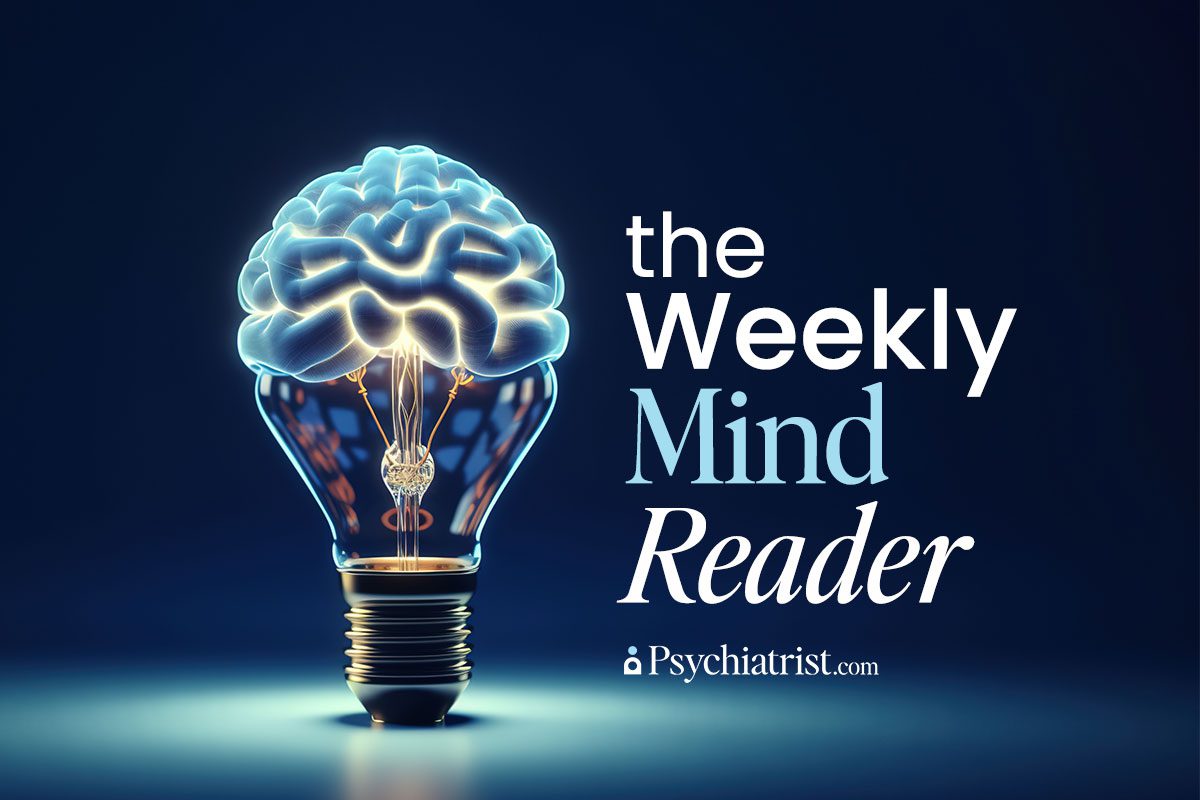Two newly discovered genes appear to confer a higher risk of schizophrenia, suggesting that the genetic basis for the condition is similar across different populations, a new study in the journal Nature Genetics has found. Further, one additional gene may also play a role in the risk for autism.
Led by the Icahn School of Medicine at Mount Sinai, the multi-center study is the first of its kind to explore schizophrenia risk across diverse ethnicities, particularly in subjects of African ancestry. The meta-analysis compared 35,828 known cases of schizophrenia with 107,877 controls to identify the two risk genes, SRRM2 and AKAP11.
Previous research has linked SRRM2 to Alzheimer’s disease and developmental disorders, while AKAP11 is thought to be involved in both schizophrenia and bipolar disorder. This study confirmed the role of AKAP11 in schizophrenia specifically, not just in other mental illnesses. The previously unknown third gene, PCLO, appeared to be associated with both schizophrenia and autism spectrum disorder and could be responsible for other genetic associations with mental illness found in past studies, the authors said.
The Economic Burden of Schizophrenia
The Practice Essentials of Schizophrenia
The Emerging Treatment Landscape in Schizophrenia
Most genetic research has not included people from diverse backgrounds, the authors pointed out. About 80 percent of subjects in the existing research are people of European ancestry despite them making up just a quarter of the world’s population and despite similar rates of mental illness in other parts of the world.
Some previous work hinted at a similar genetic basis for schizophrenia across the board, but didn’t try to clarify whether the same genes affected different races in the same way. Rare genetic variations seemed to carry the same effect across populations, but few studies focused on the influence of rare genetic variations related to schizophrenia that are present in people from differing cultures.
“…studying people of various ancestral backgrounds, we found that rare damaging variants in evolutionarily constrained genes confer a similar magnitude of schizophrenia risk among those different populations and that genetic factors previously established in predominantly white people have now been extended to non-whites for this debilitating disease,” said lead author Dongjing Liu, a former postdoctoral researcher in the laboratory of Alexander W. Charney, MD, PhD, a co-senior corresponding author of the study and associate professor at Icahn.
The study may light the way to new therapeutics. The researchers plan to assess whether and how these genes may have a clinical role and may be tied to a specific behavior or symptom of schizophrenia.
“By focusing on a subset of genes, we discovered rare damaging variants that could potentially lead to new medicines for schizophrenia,” said Liu.
The researchers cautioned that not every patient has a rare damaging variant in the identified schizophrenia genes. The disease is multifactorial with no single factor solely responsible for a person’s chances of being diagnosed with a psychiatric disorder. They also said that the technology they used may not be as accurate as more sophisticated whole gene sequencing techniques and that further study will help refine their results.
More than 20 million people worldwide live with schizophrenia, according to the World Health Organization. It ranks among the top 10 causes of global disability because symptoms such as clinical depression, hallucinations, and delusions make daily life challenging. It is also one of the most costly. In the US, the indirect costs of schizophrenia carries a $281.6 billion yearly price tag, which translates to approximately $92,000 per patient per year.



